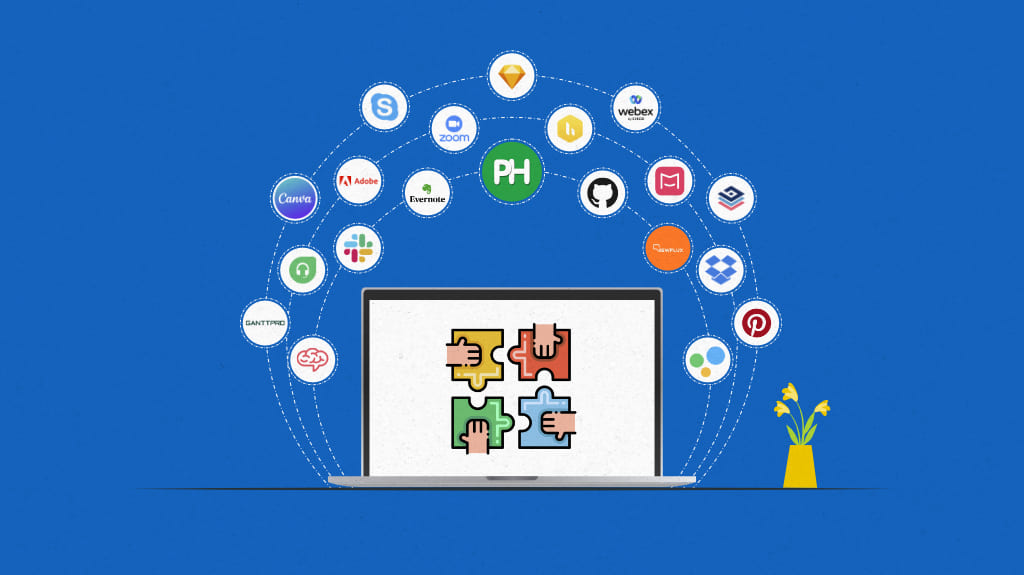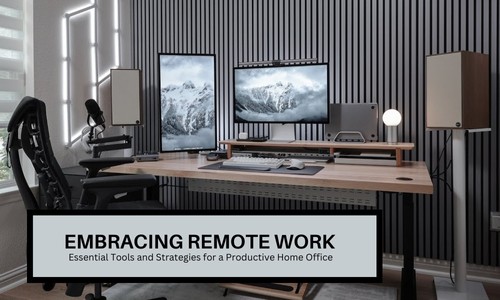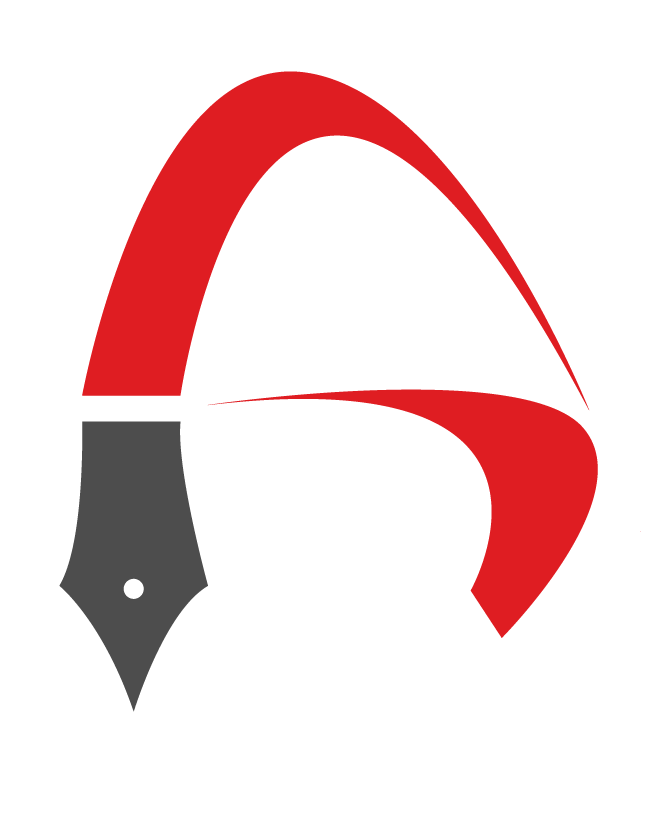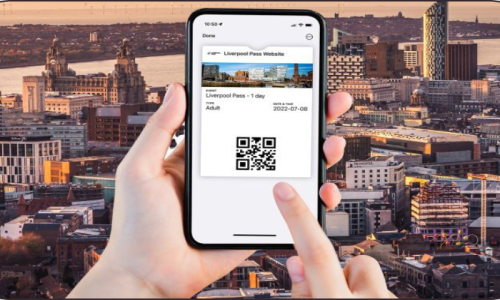The modern professional landscape has undergone a significant transformation, with remote work emerging as a dominant force reshaping how we approach our careers and daily lives. Working from a home office has become increasingly common, offering a blend of flexibility and autonomy that many find appealing. This shift, however, necessitates a thoughtful approach to ensure productivity and maintain a healthy work-life balance.
This article aims to provide essential tools and strategies for creating a productive and balanced home office, empowering professionals to thrive in this evolving work environment. The advantages of remote work are numerous, offering employees greater control over their schedules and work environment.
A Look Back: The Evolution of Remote Work
While the term "remote work" might raise images of modern laptops and video calls, the practice of working outside a central office is not entirely new. During the Middle Ages, for instance, trades like baking, weaving, and blacksmithing were commonly conducted from home.
The advent of the internet and personal computers in the 1990s and 2000s marked a significant turning point, providing the essential infrastructure for remote work to flourish. Technologies like email, virtual private networks (VPNs) made it increasingly feasible for individuals to connect to their workplaces.
By 2005, approximately 20% of the US workforce had transitioned to remote or flexible work arrangements.
The COVID-19 pandemic in 2020 acted as a major substance, triggering a rapid and widespread transition to remote work for many professionals globally. This necessitated a shift to home-based work environments, and this setting remained even after the pandemic.
Statistics
|
Remote Work Statistics (2024)
|
Percentage/Number
|
Source
|
|
US employees working remotely (August 2024)
|
22.8%
|
Bureau of Labor Statistics
|
|
US employees preferring fully remote work
|
36%
|
YouGov
|
|
New job postings for hybrid roles (Q4 2024)
|
23%
|
Robert Half
|
|
New job postings for fully remote roles (Q4 2024)
|
15%
|
Robert Half
|
|
Estimated number of remote workers in the US by 2025
|
32.6 million
|
Upwork
|
|
Remote-capable US workers who are fully remote (January 2025)
|
27%
|
Gallup
|
|
Remote-capable US workers with a hybrid schedule (January 2025)
|
53%
|
Gallup
|
Your Productivity Powerhouse: Must-Have Home Office Equipment
Creating a productive home office depends on having the right equipment, focusing on technological efficiency.
Ergonomic Essentials for Well-being:
An ergonomic chair is paramount, providing crucial support for the spine. Look for features like adjustable height to ensure your feet are flat on the floor or a footrest, lumbar support to maintain the natural curve of your spine. The correct ergonomic chair height ensures knees are bent at a 90-degree angle and parallel to the hips.
The desk plays a vital role. An adjustable height desk offers the flexibility to alternate between sitting and standing, which can reduce the risk of shoulder and back pain.
For those using laptops, a monitor stand is highly recommended. It elevates the screen to eye level, typically an arm's length away, preventing the need to hunch over and reducing neck, shoulder, and back pain.
Using a separate wireless keyboard and mouse with a laptop on a stand further promotes proper posture.

Tech Necessities for Seamless Operation:
Reliable technology is the backbone of any successful remote work setup. A stable and high-speed internet connection is non-negotiable for seamless communication and access to online resources. Consider having a backup plan for internet outages, such as a mobile hotspot or using your phone's personal hotspot, to minimize disruptions.
A high-quality webcam and headset are essential for clear and professional communication during virtual meetings. Many modern laptops come with built-in webcams and microphones, but a dedicated headset often provides better audio quality, reducing background noise and ensuring your voice is heard clearly.
Investing in a reliable laptop with sufficient processing power, a screen of at least 13 inches, and a built-in webcam and microphone is crucial for efficient remote work.
For enhanced productivity, consider using an external monitor to expand your screen real estate, allowing you to have multiple applications open simultaneously and reducing the need to switch between windows.
Creating a Comfortable and Inspiring Environment
The physical environment of your home office significantly impacts your mood and ability to focus. Maximizing natural light is beneficial for aligning your body's natural rhythm, promoting better sleep, and increasing alertness. Position your desk near a window, if possible, but avoid direct glare on your monitor.
Incorporating indoor plants into your workspace can have numerous benefits. Studies show that plants can increase productivity, reduce stress, and improve air quality. Low-maintenance options like snake plants, pothos, ZZ plants, and peace lilies are ideal for office environments as they can thrive in low to medium light conditions.
Adding personal touches like artwork, photos, and comfortable accessories can also make your home office more inviting and enjoyable, fostering a greater sense of well-being.
Creating Your Focus Zone: Strategies for a Distraction-Free Workspace
Choosing the Right Location in Your Home
Selecting the ideal location for your home office can significantly impact your ability to concentrate and get things done. If possible, designate a specific room or area solely for work, creating a clear separation between your professional and personal life.
Opt for a quiet location away from high-traffic areas like the living room or kitchen to minimize interruptions. Consider factors such as the amount of natural light the space receives, potential noise levels, and the temperature of the room.
Spare bedrooms, basements, or even converted closets can provide a calm and private space for a home office. For those with limited space, using dividers like curtains or screens can help enforce privacy in an open area. The key is to choose a location that allows you to close a door, if necessary, to take private calls and maintain focus.
Minimizing Noise and Visual Distractions
In a home environment, distractions can be plentiful, making it crucial to implement strategies to minimize them.
Investing in a good pair of noise-cancelling headphones can significantly reduce auditory distractions from family members, pets, or household activities, allowing you to concentrate on your work. Communicating your work hours to family members or housemates and setting clear boundaries about when you need uninterrupted focus is essential.
Using visual signals like a closed door or a "Do Not Disturb" sign can also help convey when you are unavailable.
Minimizing visual distractions involves keeping your workspace tidy and clutter-free. Remove anything from your desk that is not necessary for work, including personal items that might divert your attention.
Consider using blinds or curtains to block outside activity if it proves distracting.
Organizing Your Workspace for Efficiency
Begin by decluttering your desk and the surrounding area, getting rid of anything you don't need, or use. Utilize storage solutions such as drawers, containers, baskets, and shelves to keep office supplies out of sight but easily accessible.
Implement a systematic filing system for both physical papers and digital files. Color-coding files and using labels can make it easier to locate important documents quickly. Consider going vertical with your organization by using floating shelves or wall-mounted organizers to keep your desk clear. At the end of each workday, take a few minutes to clear your desk, ensuring a fresh and organized start for the next day.
Staying Connected: Essential Software and Apps for Seamless Collaboration
Effective remote work relies heavily on the right software and applications.
Communication Tools: Instant Messaging and Video Conferencing
In a remote setting, clear and consistent communication is principal for team management. Instant messaging platforms like Slack and Microsoft Teams have become indispensable tools, allowing for real-time communication through channels organized by project or topic, as well as direct messaging for individual conversations. These platforms often offer features like file sharing, customizable notifications, and integrations with other work tools.
Video conferencing tools such as Zoom and Google Meet are crucial for virtual meetings, team check-ins, and client calls, providing features like screen sharing, virtual backgrounds, and recording capabilities.
Project Management Platforms: Task Tracking and Team Collaboration
To keep remote projects on track and ensure everyone is aligned, project management platforms are essential. Tools like Trello, Asana, ClickUp, Monday.com, Basecamp, and Jira offer features for assigning tasks, setting deadlines, tracking progress, and facilitating team collaboration. Many of these platforms provide different views, such as lists, Kanban boards, and Gantt charts, catering to various working styles.
Integrations with other tools like communication platforms and cloud storage solutions further streamline workflows.
Cloud Storage and File Sharing Solutions
Accessing and sharing files securely and efficiently is critical for remote teams. Cloud storage services like Google Drive, Microsoft OneDrive, Dropbox, and IDrive provide centralized platforms for storing, syncing, and sharing files. These solutions enable real-time collaboration on documents, allow for easy access from various devices and locations, and often include features for version control and permission management. Cloud storage eliminates the need for physical servers and facilitates seamless collaboration among team members regardless of their geographical location.

Work Smarter, Live Better: Balancing Work and Life as a Remote Professional
Maintaining a healthy work-life balance is crucial for the long-term success and well-being of remote professionals.
Setting Clear Boundaries Between Work Hours and Personal Time:
Establishing and adhering to a consistent daily work schedule is essential for creating a clear separation. Designating a specific workspace within your home and making a conscious effort to "leave" that space at the end of your workday can help signal to your brain that it's time to switch off.
Turning off work-related notifications on your phone and computer during personal time is also crucial for preventing interruptions and maintaining focus on non-work activities.
Clearly communicating your work hours to family members and setting expectations about when you are available can further help in protecting your personal time.

Establishing a Consistent Daily Routine
Creating a consistent daily routine provides predictability, which can be beneficial in the flexible environment of remote work.
Start your day with a morning routine that mirrors what you might have done when commuting to an office, such as setting an alarm, getting dressed, and having breakfast.
Plan your workday by creating a to-do list and prioritizing tasks to ensure you stay focused and accomplish your goals. Incorporating specific time blocks for focused work, meetings, and breaks into your daily schedule can also help maintain organization and productivity.
Incorporating Breaks and Self-Care Activities
Taking regular breaks throughout the workday is not a sign of being unproductive but rather an essential strategy for maintaining energy levels, focus, and overall well-being. Make a conscious effort to step away from your workspace during breaks, even if just for a few minutes, to create a mental separation from work.
Incorporating self-care activities into your daily routine is equally important. This can include exercise, pursuing hobbies, spending quality time with loved ones, or simply engaging in activities that help you relax and recharge.
Even short breaks for stretching, walking, or practicing mindfulness can make a significant difference in reducing stress and improving your mood and productivity.
Dressing for work, even when at home, can also help establish a professional mindset.
The Horizon of Hybrid: Future Trends in Remote Work
The landscape of remote work continues to evolve, with several key trends shaping its future.
- Hybrid work models, which combine remote work with some in-office presence, are gaining popularity as a way to balance flexibility with the benefits of in-person collaboration.
- Technological advancements are also playing a crucial role. Artificial intelligence (AI) and automation are being increasingly integrated into remote workflows to streamline tasks and enhance productivity.
- Virtual reality (VR) and augmented reality (AR) technologies hold the potential to further transform virtual collaboration by creating more immersive and interactive experiences.
- Remote work can offer increased productivity for many, maintaining a strong company culture and fostering deep connections among remote employees can be challenging.
- Employee engagement and satisfaction can be high in remote settings, but proximity bias might still pose challenges for career growth and advancement for remote workers compared to their in-office counterparts.

Conclusion: Thriving in Your Remote Work Journey
Embracing remote work offers a wealth of opportunities for both individuals and organizations. By setting up a productive home office, essential tools, and effective strategies for work-life balance, remote professionals can thrive in this dynamic environment.
As remote work continues to shape the future of how we work, embracing these essential tools and strategies will be key to navigating this evolving landscape successfully.




























